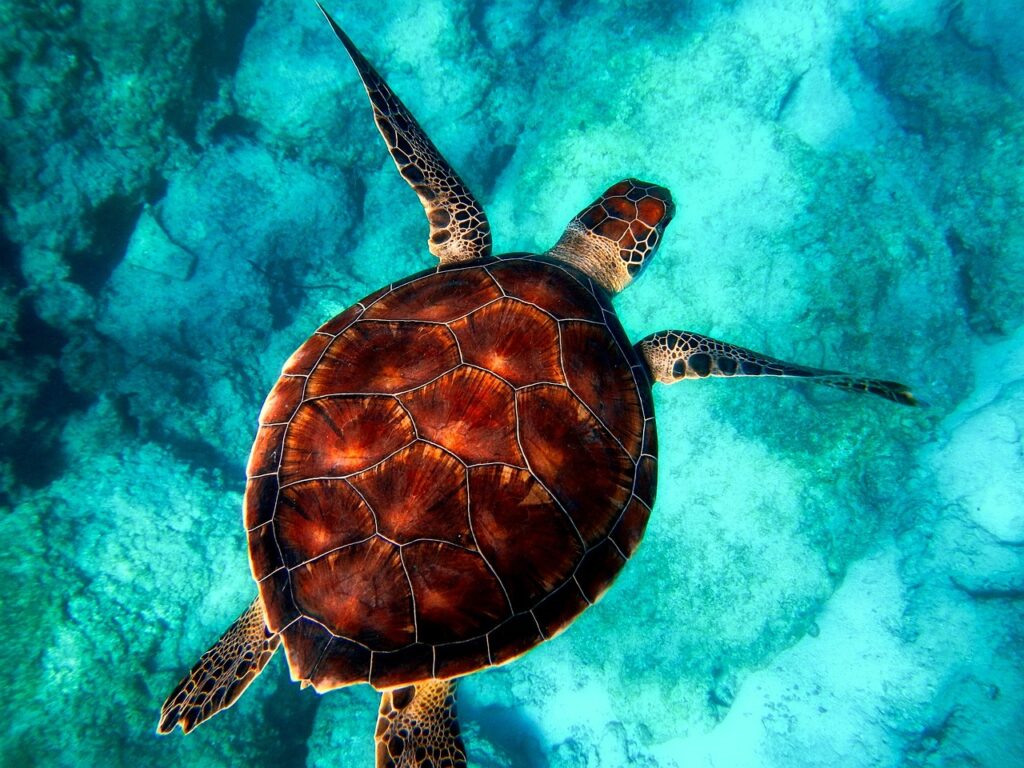Artypaintgall Approach: Discipline Before Paint
1. Foundation First
Abstract landscape starts with a sketch—not of detail, but of energy and horizon. Artypainitgall practice: Block in zones of light and dark; define where space begins, ends, and can be “broken.”
Underpainting—thin washes or rough shapemapping—directs every next move.
2. Palette and Layer Discipline
Choose a limited palette—three to five hues max. Commit to tonal control for unity. Glazing and scumbling (thin veils, rough overlays) are used, never overdone. Layer paint with drying time in mind; readings shift between transparent and opaque, hard and soft.
Routine for abstract landscape: every new layer is questioned—does it strengthen the sense of space and light, or just fill?
3. Edge and Brushwork
Abstract works in artypaintgall exhibitions are built on consistent edge control: sharp for focus, soft for space. Vary brushes, knifework, rag marks, and even scraping for texture. Don’t crowd everything with a single stroke.
Edges are the discipline—what you leave vague, what you hone, shapes the mood more than outline.
4. Color as Emotion, Not Copy
Warmth, cool, tension—choose every application with purpose. Contrasts and complements pull forms from the void. Shadows and light aren’t “black and yellow,” but temperature shifts within your palette.
Artypaintgall critique: Look for intentional color order, not random “rainbow” overlays.
5. Structure in Chaos—The Power of Edit
Step back every 15–30 minutes—see the painting from five, ten, then twenty feet. What is lost? What jumps? Edit with a dry brush, rag, or glaze. Never be afraid to overpaint a section that drifts from the core movement or rhythm.
Routine: Photos at every stage—journal progress, plan changes, and review learning.
6. Modern Materials, Traditional Technique
Artypainitgall highlights oil, acrylic, and hybrid media, but the best artists use classic construction under modern energy. Large canvases are primed for slick, rapid movement; small panels demand restraint. Mixed media—charcoal, pastel, gesso scrapes, sand, or even digital/print overlays—add depth if used with a disciplined hand.
7. Framing, Mounting, and Light
Minimal framing—let the edges breathe. Never crowd abstract work with ornate frames. Light is white, diffuse, even—no harsh spots or distracting shifts. Wall placement: eye level for medium pieces; bold abstracts get space to “expand” for viewer immersion.
8. How To Critique: Artypainitgall Routine
Is there a clear sense of motion, space, or atmosphere—without the need for literal trees, hills, or foreground? Are layers, brushwork, and edges ordered for impact, not just “expressiveness”? Does the color palette serve unity? Can you feel the intended mood shift in every viewing? Is the work routinedriven—visible learning, reediting, or refinement—or does it collapse into clutter?
9. Building a Series—Artist Discipline
Define a zone or motif: horizon, lake, sky, city edge, industrial, coastal. Use the same base palette, composition ratio, or process log for all works in the set. Routine: Start from life, memory, or field study, then abstract in studio—build sequence, photograph every step.
Series work in artypaintgall galleries stands out by coherence over randomness.
10. Care, Preservation, and Sale
Oil works must cure completely before varnishing or sale—this is months, not weeks. Store upright, away from damp, excessive heat, or traffic. Catalog every work with process notes, finished dimension, and unique numbering—routine for inventory, not just show.
11. Market and Exhibit: How to Stand Out
Apply to curated shows focused on abstract or landscape: editors respect documented process and series logic. Digital exhibitions—submit highres, true color, and cleanedup images.— Wall text: Artist statement short, focused on intent/process, not just “inspiration.”
Routine: Track feedback, critique reviews, and sales interest by painting, not just show.
Common Pitfalls
Overworking—layers lose life, palette gets muddy. Underplanning—random marks can’t be saved by lastminute “energy.” Too many “star” colors—discipline means editing accent marks, not multiplying them.
Conclusion
Abstract landscape painting is process, clarity, and review—every piece built layer by layer, with focus on space, mood, and repeatable technique. Artypaintgall discipline means more than throwing paint—every mark is a decision, every result logged, and every success repeatable. Edit first, build with intent, and display with clarity. Visual noise is never art—routine and structure outlast every trend. Stand out by commitment, not chaos; let your discipline write the atmosphere that only you can create.
